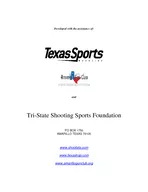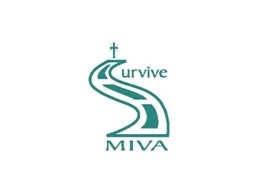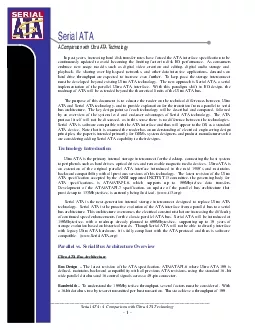PDF-How to Survive Your First ATA Registered Shoot By Roger Cox REGISTERED TRAPSHOOTING
Author : liane-varnes | Published Date : 2014-11-13
Education and encouragement are the foundation to attracting new participants to our sport and members to our Association There can never be too much of either If
Presentation Embed Code
Download Presentation
Download Presentation The PPT/PDF document " How to Survive Your First ATA Regis..." is the property of its rightful owner. Permission is granted to download and print the materials on this website for personal, non-commercial use only, and to display it on your personal computer provided you do not modify the materials and that you retain all copyright notices contained in the materials. By downloading content from our website, you accept the terms of this agreement.
How to Survive Your First ATA Registered Shoot By Roger Cox REGISTERED TRAPSHOOTING: Transcript
Download Rules Of Document
" How to Survive Your First ATA Registered Shoot By Roger Cox REGISTERED TRAPSHOOTING"The content belongs to its owner. You may download and print it for personal use, without modification, and keep all copyright notices. By downloading, you agree to these terms.
Related Documents














